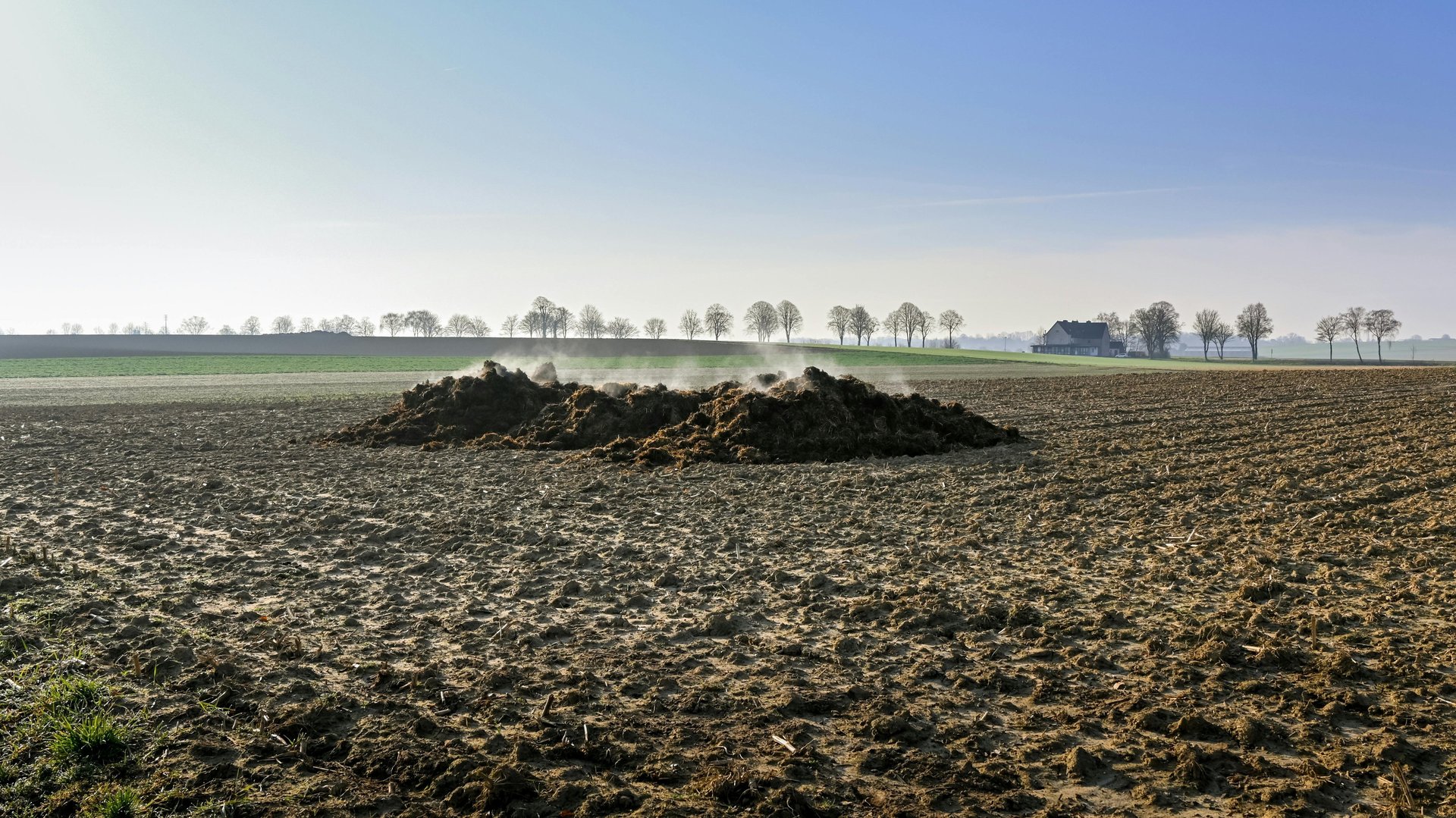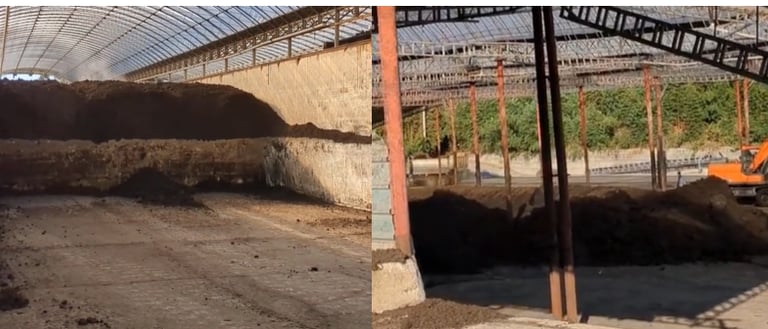
Waste Management
Biosolids and Animal-Based
Challenges in Biosolids and Manure Processing
Biosolids and manure management facilities face increasing pressure to reduce odors, control greenhouse gas emissions, and meet stricter environmental regulations. Traditional composting and stabilization methods can be slow, labor-intensive, and inconsistent, often requiring costly aeration or chemical treatments to maintain compliance. Persistent issues like odor complaints, groundwater contamination risks, and methane release make it difficult to operate efficiently while protecting community and environmental health.
TryCompost: A New Standard for Waste Management
Designed for use in both farm-scale composting systems and wastewater treatment facilities, TryCompost enhances microbial activity, shortens processing time, and reduces emissions—without requiring changes to your existing workflow.
Key Benefits:
Rapid odor elimination: Removes noxious odors within just a few days, improving working conditions and community relations around composting and processing sites.
Accelerated throughput: Significantly speeds up organic breakdown and compost maturity utilizing existing mixing, turning, or aeration systems.
Environmental compliance & impact reduction: Helps facilities cut greenhouse gas emissions by up to 80%, protect groundwater, and reduce regulatory risk and fines through faster stabilization and reduced leachate potential.
Creates a high-value commodity: The resulting composted material is a carbon-rich, nutrient-dense product that commands strong market demand as a soil amendment and regenerative agriculture input—transforming a waste stream into a revenue opportunity.
Sustainable performance, proven results: Whether you’re managing on-farm composting operations, biosolid drying beds, or wastewater treatment facilities, TryCompost delivers a simpler, cleaner, and more profitable path to organic waste management.
TryCompost accelerates and optimizes natural processes, helping operators meet production, environmental, and odor-control goals more efficiently. It’s an approach that supports soil health, eliminates odor, reduces emissions, and drives circular economy outcomes—from waste to resource, naturally.


From full-capacity to this in less than two weeks.
© 2025. Restoration Ecosystem. All rights reserved.
